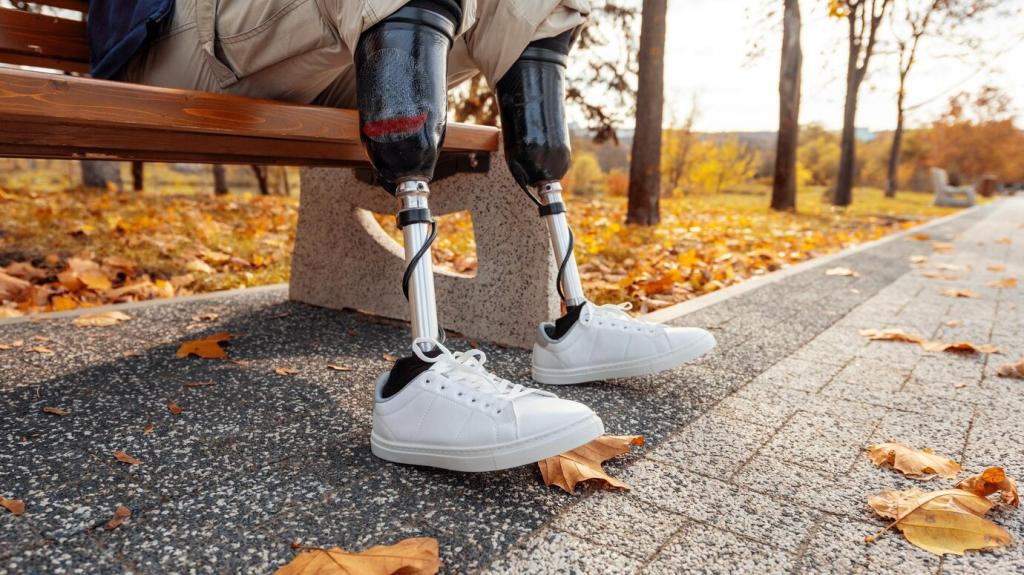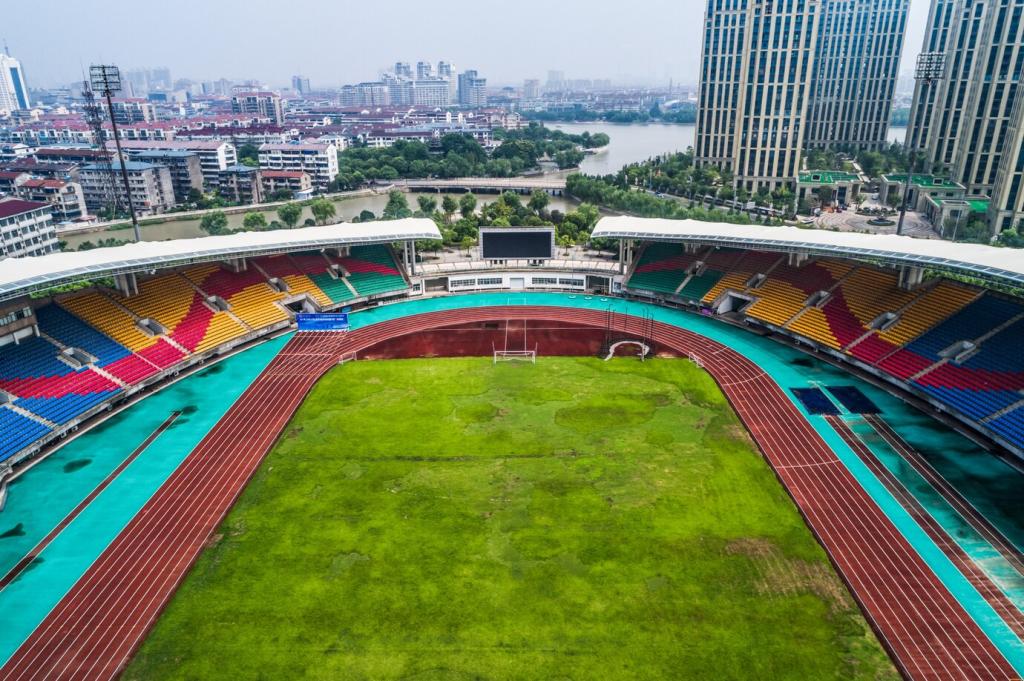Mastering Evening Light and Color Temperature
Golden hour emphasizes soft warmth and gentle contrast, so subtle highlight control and glow enhancement shine. Blue hour invites cooler toning, cleaner shadows, and precise white balance, preventing muddy midtones while preserving delicate ambient atmosphere.
Mastering Evening Light and Color Temperature
Evening histograms often tilt left, but crushed shadows kill texture. Raise exposure thoughtfully, then protect highlights from streetlights and signage. Use the histogram as a steady compass while relying on targeted local adjustments for nuance.


